Actin-finned fishes are the most successful aquatic group of all vertebrates, occupying almost all ecological niches in waters on Earth. There are many kinds of them, varying in size, and their adaptability is like "Eight Immortals crossing the sea, each showing his magical powers"; their evolutionary history is magnificent, and various groups of "stars" from various eras have appeared on the stage one after another, "performing" an epic fish evolution like a rising tide. The sea, one wave after another.
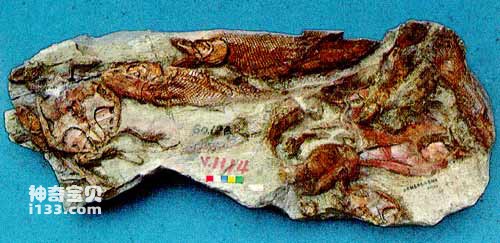
Bowfin
The evolution of ray-finned fishes on earth has gone through three stages of development, which can be represented by three major groups (subclasses) of ray-finned fishes. They are primitive cartilaginous fishes (cartilaginous fishes). Lepidichthyes), the intermediate holostethyses (Teleostei), and the advanced teleosts (Teleostei).
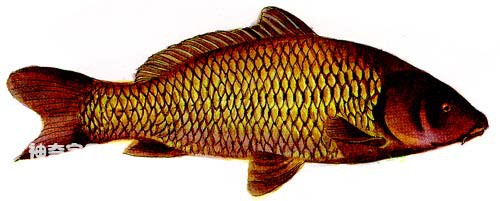
carp
Cartilage teleosts are the earliest bony fish to develop. They appeared in the Devonian and were dominant in the Permian in the late Paleozoic. Then, during the early and middle Mesozoic Era, holobony fishes developed and replaced the cartilaginous fishes in the waters. To modern times, only one order of cartilaginous fish, the order Acipenidae, still survives, represented by sturgeons that are widely distributed and paddlefish that are distributed in North America and my country.
Holosseous fishes appeared in the Triassic and reached their evolutionary heyday in the Jurassic and early Cretaceous. Since then, they have declined, and only two genera, gar and bowfin, have survived to modern times.

catfish
The reason for the decline of holostethys is the rise of teleost fish. The earliest teleost fish appeared in the Jurassic. From the Cretaceous to the present, their families have continued to grow and become the real "masters" of rivers, lakes and seas. Almost all bony fishes such as herring, grass carp, silver carp, carp, crucian carp, catfish, bass, hairtail, croaker, flounder, seahorse, sardine, etc. that we come into contact with most often are teleost fishes.
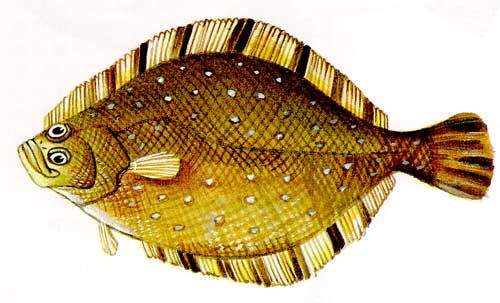
flounder
In the evolutionary development of ray-finned fishes, we can see some obvious examples of parallel evolution, with many "plots" recurring over time. For example, cartilaginous fishes developed some short and tall types in the Permian; then in the Jurassic, some very similar species developed from holoostous fishes; and finally in the Neonatal This same pattern of evolution in teleosts was repeated over the next century. There are countless such examples in other aspects.
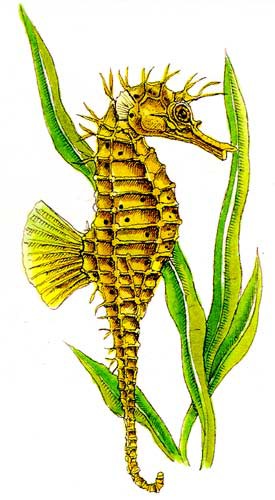
seahorse
Why is this so? The answer may be complicated, but competition for survival may be the most important factor. From the past to the present, competition among fish has always been very fierce. Due to the variation produced in the genetic process and the results of natural selection, new types continue to emerge. Some of the new types are always more advantageous in coping with the environment and competing with other fish. This makes the entire teleost family appear There is a constant tendency to produce "higher" types. But the conditions for adapting to aquatic life are very strict. For example, a streamlined body shape is essential for fast-swimming fish, while tall body shape and related body structures are particularly important for fish that live in coral reefs. Likewise, a large mouth is an advantage for most carnivorous fish. So as more advanced fish replace their less efficient predecessors, they face the same adaptive problems as their predecessors, and these problems need to be solved in similar ways. This is the most fundamental reason for the wave-like evolutionary pattern of teleost fishes.
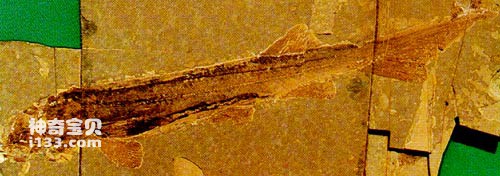
sturgeon
animal tags:
We created this article in conjunction with AI technology, then made sure it was fact-checked and edited by a Animals Top editor.